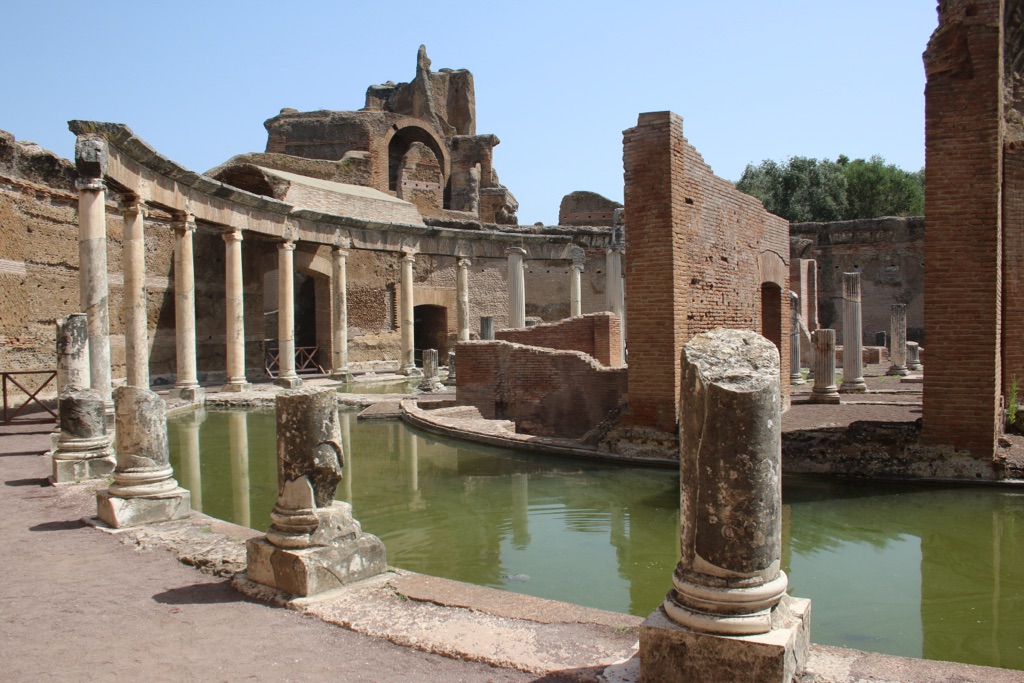Hadrian’s Villa, also known as Villa Adriana, is a vast Roman archaeological complex located in Tivoli, Italy. Emperor Hadrian commissioned this grand countryside retreat in the 2nd century AD. The villa is a testament to the architectural grandeur of the Roman Empire and reflects Hadrian’s taste for architecture and culture. It combines elements from Egyptian, Greek, and Roman designs, showcasing an eclectic mix of architectural styles. The site includes over 30 buildings, covering an area of at least 120 hectares. Hadrian’s Villa was a place of rest, leisure, and governance, where the emperor could escape the bustle of Rome. Today, it stands as a UNESCO World Heritage site, offering insights into the life and times of one of Rome’s most enigmatic emperors.
Get your dose of History via Email
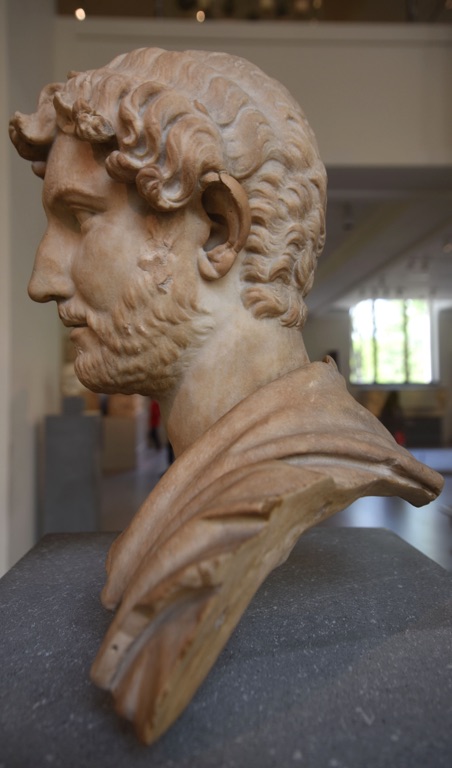
Historical Background of Hadrian’s Villa
Hadrian’s Villa was built by Emperor Hadrian in the 2nd century AD, starting around 117 AD. The emperor chose the location in Tivoli for its scenic beauty and its proximity to Rome. Hadrian was known for his extensive travels across the Roman Empire, and the villa’s design reflects the various architectural influences he encountered. After Hadrian’s death, subsequent emperors used the villa, but it gradually fell into disuse. Over time, it was stripped of its valuables and fell into ruin.
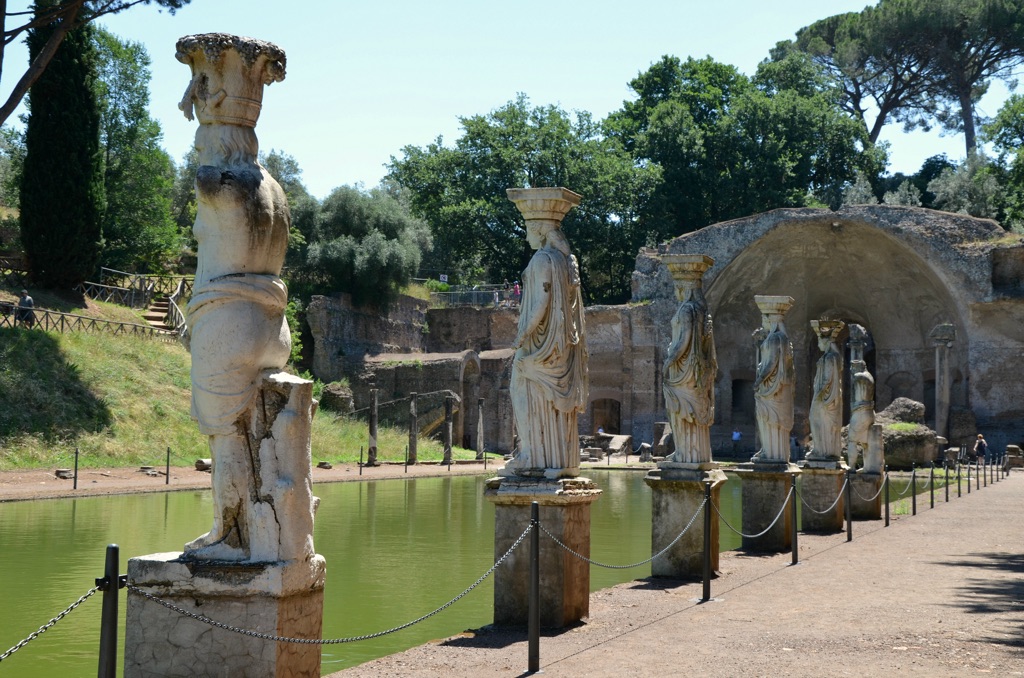
The rediscovery of the villa’s remains began in the 15th century, with Cardinal d’Este leading excavations. He transported many of the villa’s statues and artworks to decorate his own Villa d’Este in Tivoli. Archaeological interest surged in the 19th and 20th centuries, revealing the villa’s complexity. The site has since been the subject of continuous study and conservation efforts.
Hadrian is credited with the villa’s creation, but its construction involved numerous architects, artisans, and workers. The villa served as an imperial palace, a retreat from Rome, and a place where Hadrian could indulge in his architectural passions. It was also a center of administration, where Hadrian governed the empire away from the capital.
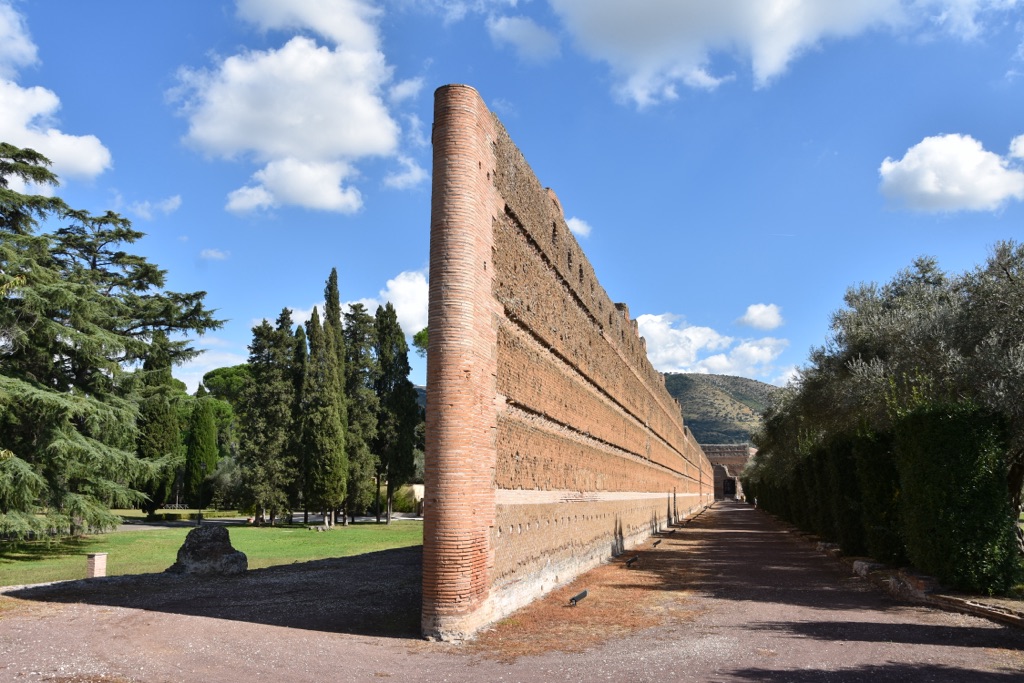
After the fall of the Roman Empire, the villa was abandoned. It was later inhabited by various locals and used for agricultural purposes. The site’s historical importance was not fully appreciated until the Renaissance, when its rediscovery sparked interest in classical antiquity.
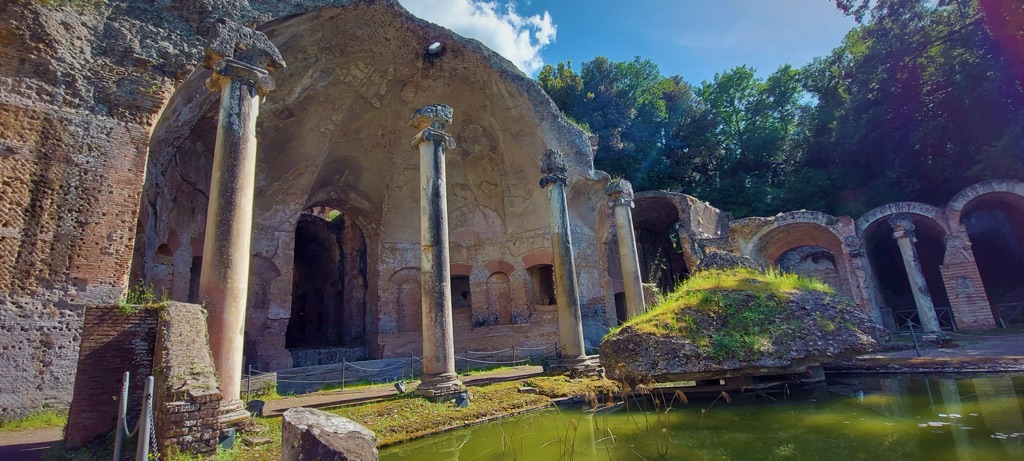
About Hadrian’s Villa
Hadrian’s Villa is an architectural marvel, reflecting the emperor’s appreciation for diverse cultures. The complex includes palaces, thermal baths, temples, libraries, and gardens. The buildings were constructed using various materials, including brick, marble, and stone, and featured intricate mosaics and frescoes.
One of the villa’s most notable features is the Maritime Theatre, a circular pool surrounded by columns and a portico. The Canopus, a long pool inspired by a sanctuary near Alexandria in Egypt, is another highlight, complete with statues and caryatids. The villa also boasts an extensive network of underground tunnels used by servants to move around without being seen.

The construction methods of Hadrian’s Villa were advanced for its time. Roman engineering techniques, such as concrete vaulting and the use of arches, allowed for the creation of large, open spaces and complex structures. The villa’s layout was carefully planned to integrate with the natural landscape, taking advantage of the site’s topography.
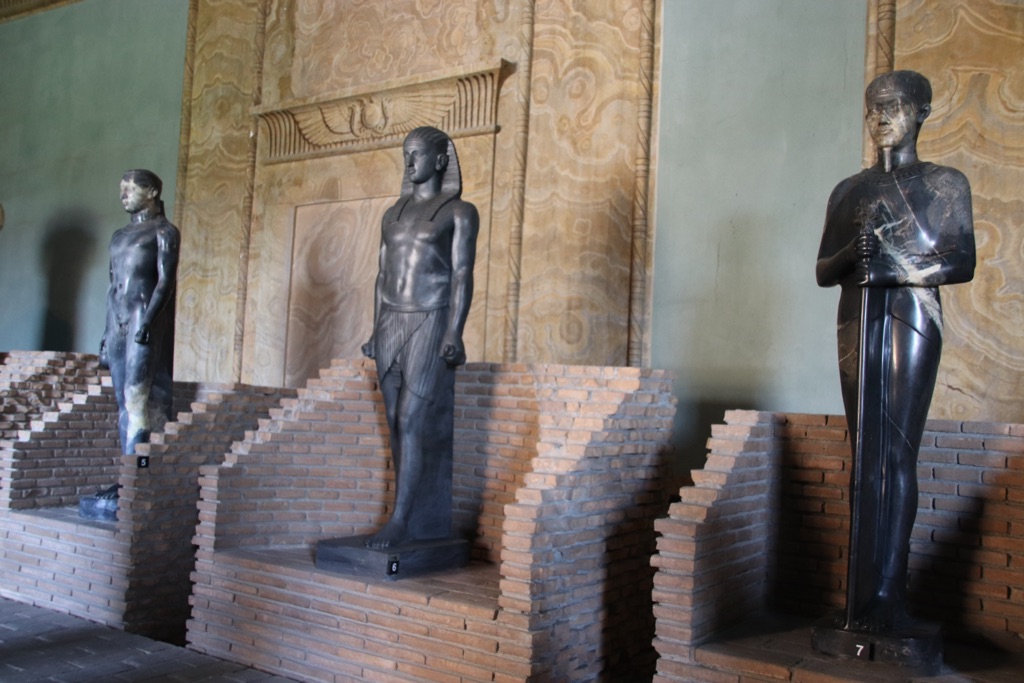
Architectural highlights include the Pecile, a large garden surrounded by a colonnaded portico, and the Imperial Palace, which served as the main residence and audience hall. The villa’s grandeur is further evidenced by the remains of the Golden Square, a large courtyard adorned with exquisite decorations.
The villa’s extensive grounds were not only for leisure but also for agricultural production. They included vineyards, olive groves, and pastures, underscoring the self-sufficient nature of the imperial retreat.
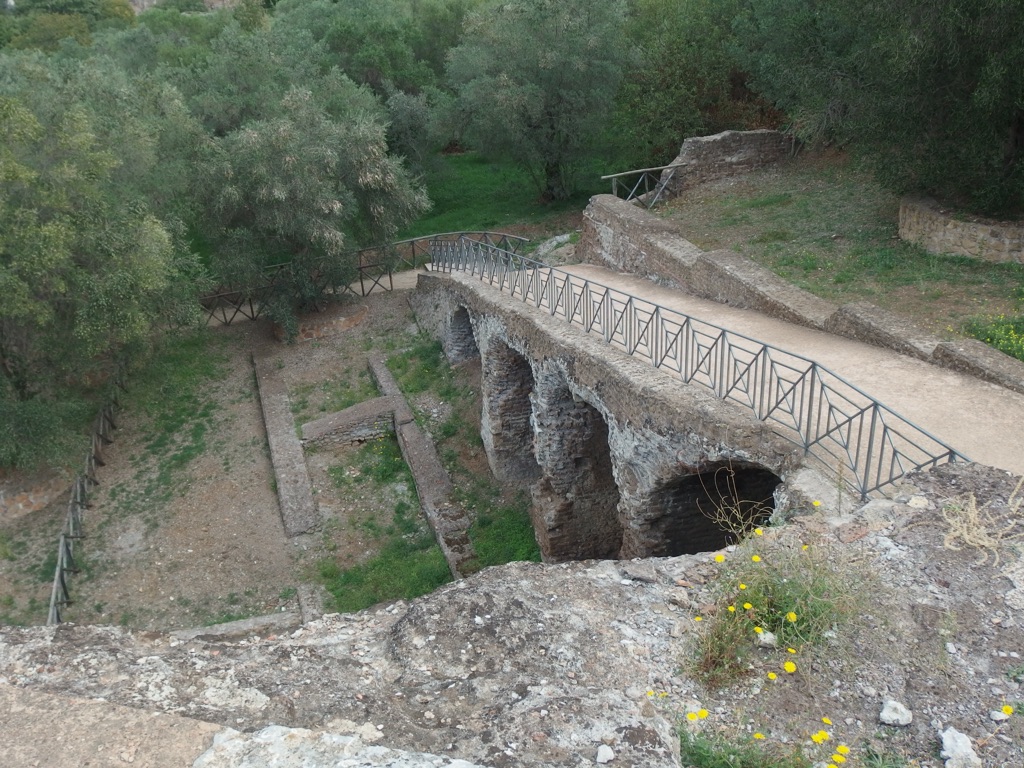
Theories and Interpretations
Scholars have proposed various theories about Hadrian’s Villa, some suggest that the villa was designed as an “ideal city,” embodying Hadrian’s vision of architectural perfection. Others believe it served as a microcosm of the empire, with different areas representing various provinces.
The purpose of specific structures within the villa is also subject to interpretation. For example, the Maritime Theatre’s function remains a mystery, with some speculating it was a private retreat for the emperor. The Canopus, with its Egyptian influences, might have been a place for religious rituals or banquets.

Matching the villa’s features to historical records has been challenging due to the lack of written sources specifically describing the site. Archaeologists have had to rely on comparisons with other Roman sites and Hadrian’s known interests to understand the villa’s design.
Dating the various phases of construction has involved methods such as stratigraphy and analysis of building materials. These techniques have helped establish a timeline for the villa’s expansion and modifications under Hadrian’s rule and beyond.
Despite ongoing research, Hadrian’s Villa retains an air of mystery. Its complex design continues to inspire debate among historians and archaeologists, making it a fascinating subject for study.
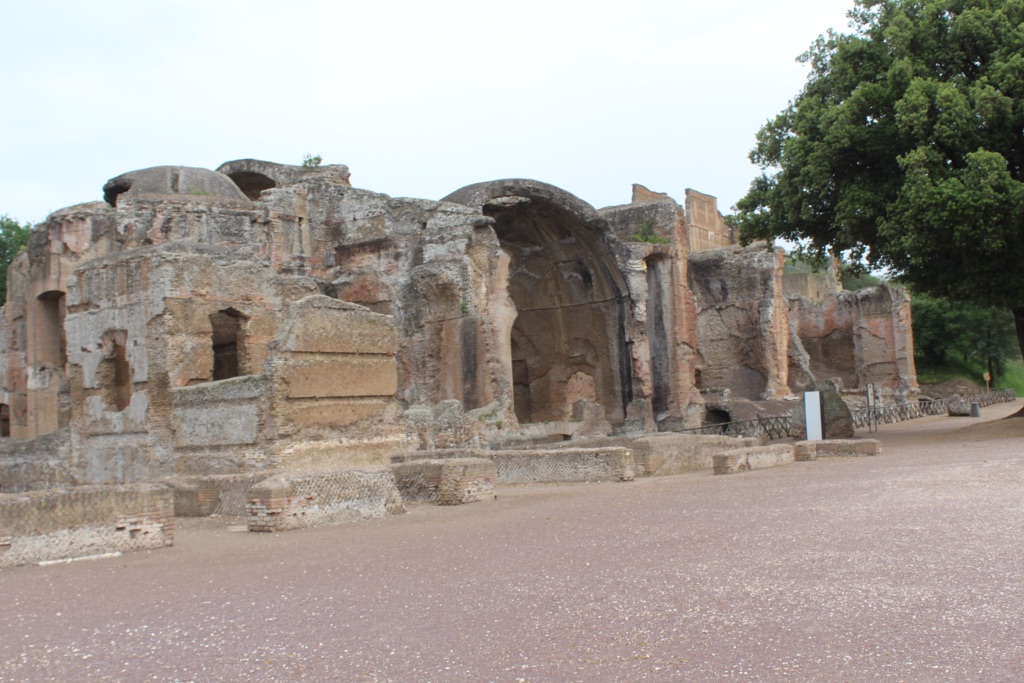
At a glance
Country: Italy
Civilization: Roman Empire
Age: 2nd century AD, construction began around 117 AD
Conclusion and Sources
The information in this article has been obtained from the following reputable sources:

